Types of Personal Lines Insurance
The John J. Flynn Insurance Agency offers a variety of personal lines insurance, see below to understand the different types.
Still have questions? Contact us!
Homeowners and Renters insurance is designed to protect your home and allow you to remain financially secure at a time of loss. Coverage may include a dwelling, detached structures, personal belongings, loss of use, and most importantly liability protection.
our agencies will get you the coverage you need.
